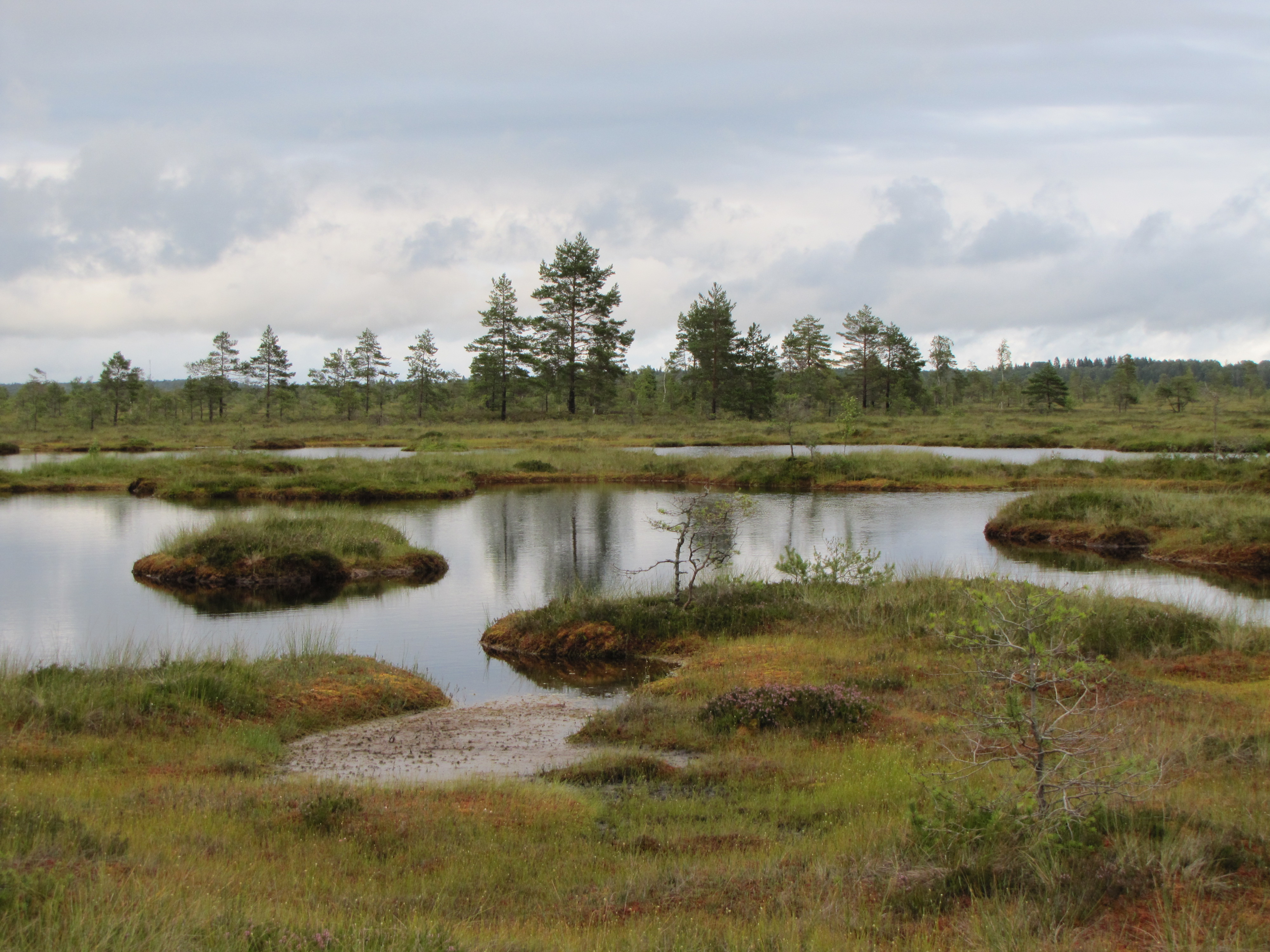Nigula
- Country:
- Estonia
- Site number:
- 910
- Area:
- 6,430.9 ha
- Designation date:
- 05-06-1997
- Coordinates:
- 58°00'43"N 24°40'26"E
- Transboundary Site:
Map
Photos
Overview
Situated adjacent to the border with Latvia, Nigula is comprised of mires, forests, and a peatland area which covers 37% of the total area of the wetland. Active raised bogs, transition mires, quaking bogs, bog woodland and 370 bog pools of different sizes are among the rare and protected habitats found in the Site. These play a substantial hydrological and biological role in the region, and support several endangered plant and animal species, such as the fern Botrychium virginianum, the Siberian flying squirrel Pteromys Volans and the lesser spotted eagle Aquila pomarina. The wetland is important for birds, hosting more than 30,000 individuals annually, mainly geese, cranes and swans. Animal species with large habitat requirements, such as brown bear (Ursus arctos), grey wolf (Canis lupus), moose (Alces alces), Eurasian otter (Lutra lutra) and Eurasian lynx (Lynx lynx) use the Site as a refuge. As of 2020, a restoration plan is in place, which is designed to restore wooded pastures around the peatland area.
Transboundary designation
Administrative region
National legal designation
- nature reserve
Regional (international) legal designations
- EU Natura 2000
Last publication date:
Download
Ramsar Information Sheet (RIS)
- EE910RIS_2004_en.pdf
- EE910RISformer1997_EN.pdf
- EE910RISformer_150127.pdf
- EE910_map180118.pdf
